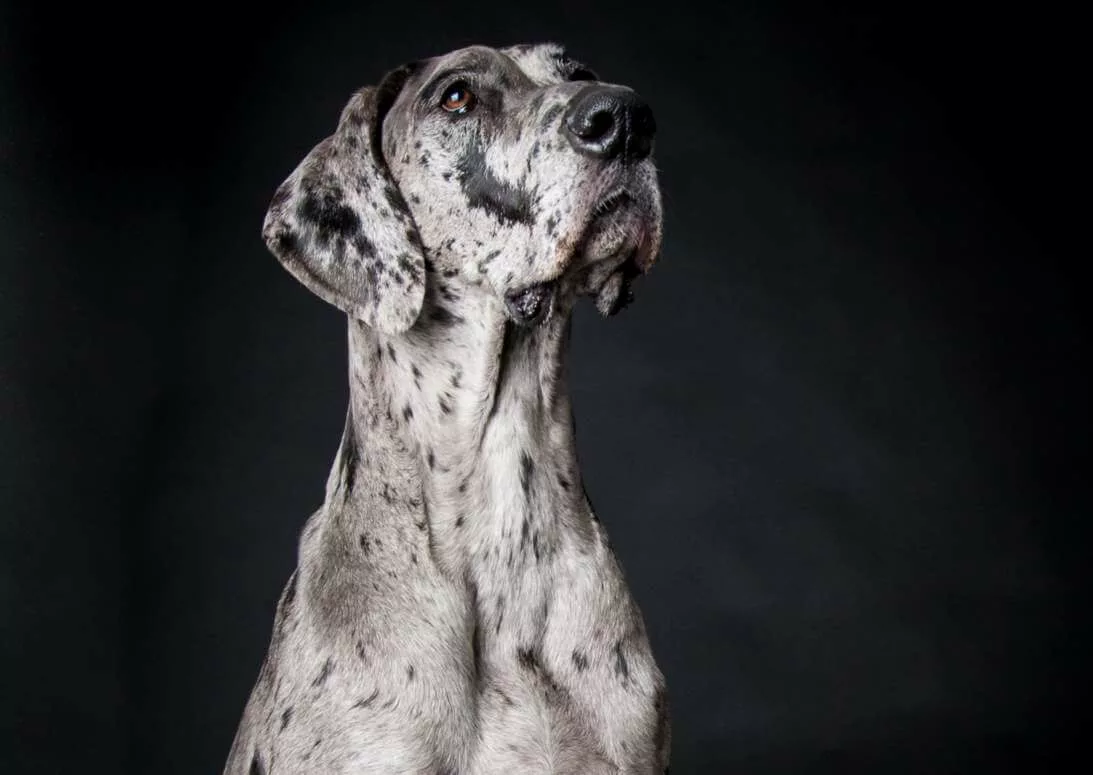
Bloat is no joke, and the stakes are higher when you’re dealing with larger breeds. So, grab a cup of coffee, get cozy, and let’s

Bloat is no joke, and the stakes are higher when you’re dealing with larger breeds. So, grab a cup of coffee, get cozy, and let’s

Bloat in Great Danes is deadly. It’s painful, dangerous, and as many as 1-in-4 Great Danes are likely to experience it in their lifetime. For

Did you know that your Great Dane may be missing out on important nutrition that could reduce their risk of experiencing bloat? If you are
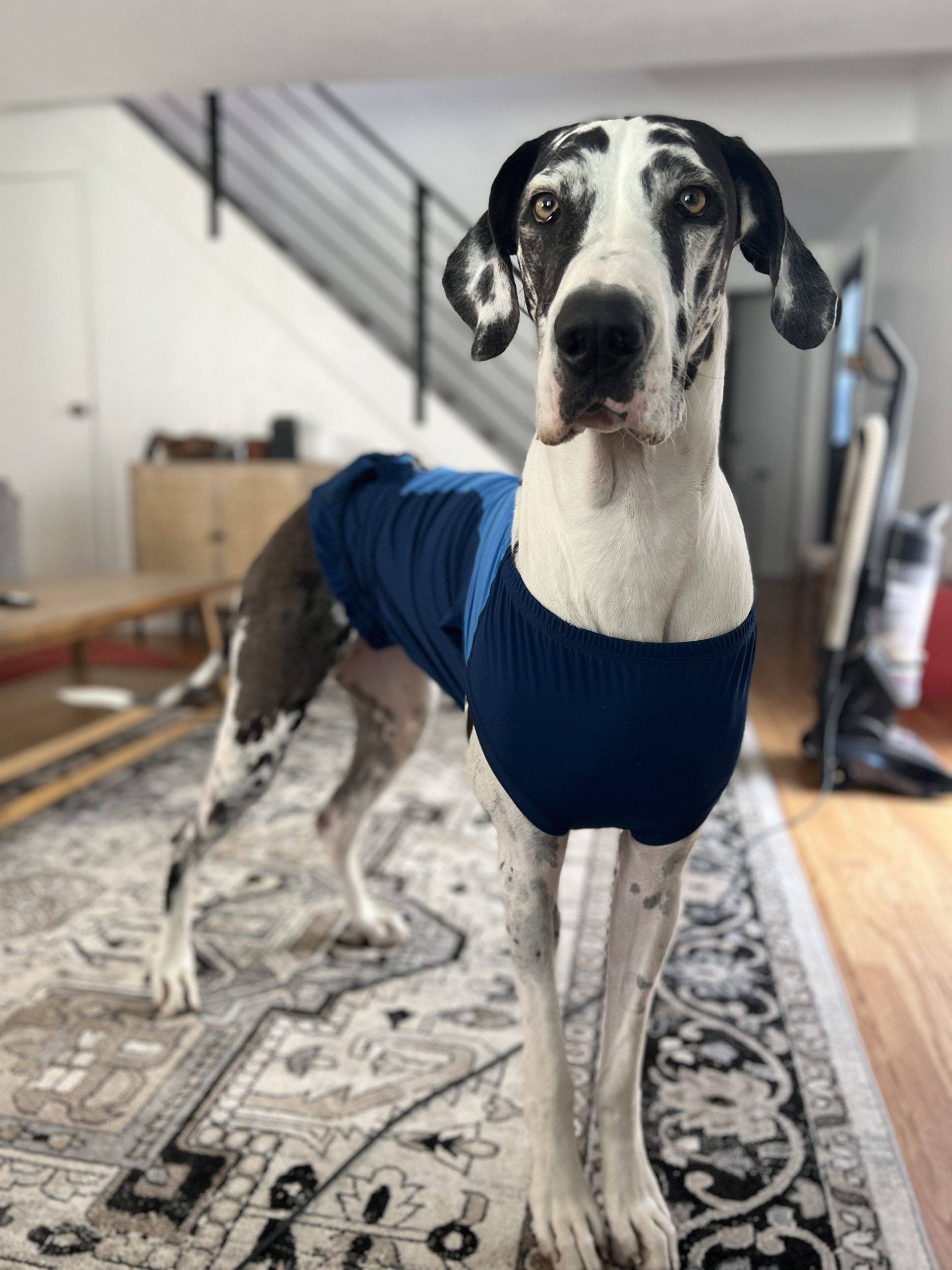
A dog stomach flip may sound like a harmless thing, when in reality it is actually deadly and an extreme emergency. Commonly referred to as
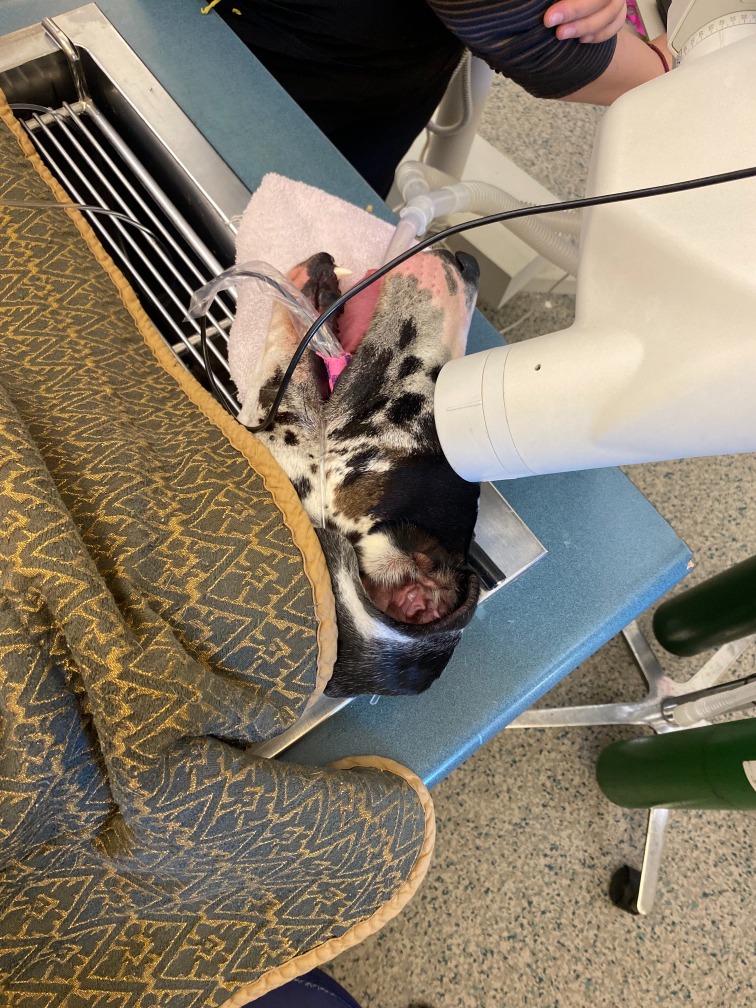
Gastropexy surgery is a procedure that tacks the dog’s stomach to the abdomen body wall. The gastropexy is a preventative procedure that veterinary surgeons perform

Can Great Dane puppies get bloat? Unfortunately, giant breed dogs, including puppies, are prone to developing bloat. Gastric Dilatation Volvulus (GDV), otherwise known as Canine
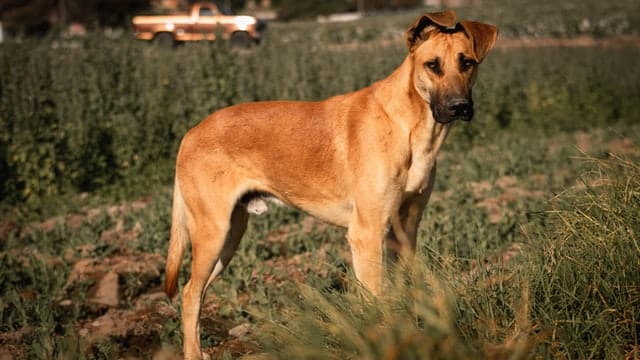
Great Dane bloat can be terrifying. We put together 9 crucial things you NEED to know to stay informed and prepared. Do you have a

Is your Great Dane not eating enough? This can be concerning and it’s a popular topic in the Great Dane community! There are various reasons
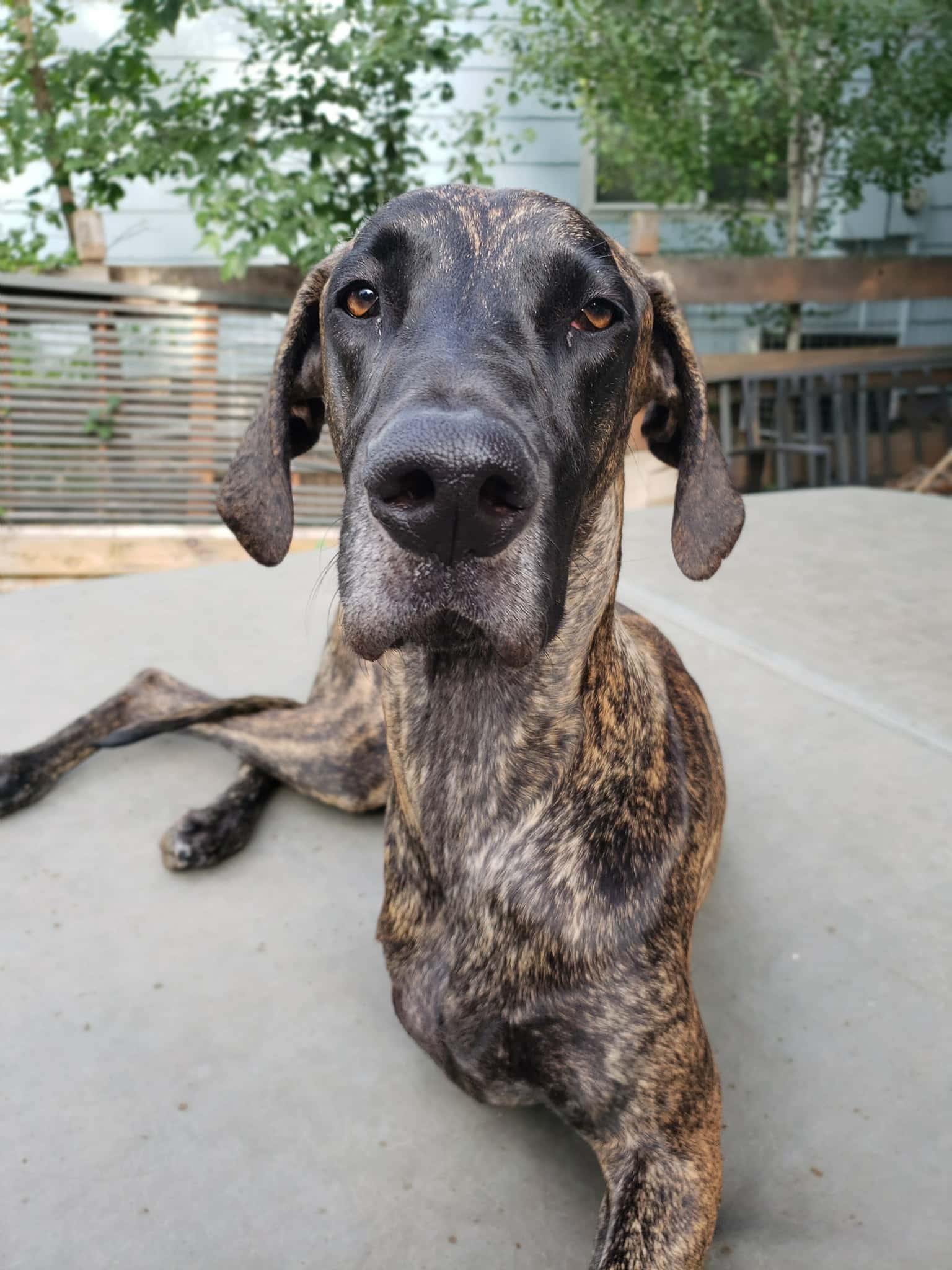
Bloat in Great Danes is a scary and unfortunately common and life-threatening emergency. Gastropexy (also known as ‘stomach tacking’) is a surgical procedure that may

Bloat in Great Danes is a terrifying and deadly medical emergency. If you have a large or giant-breed dog, it is extremely important that you